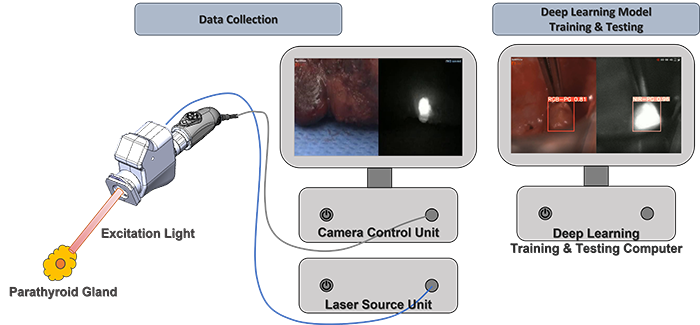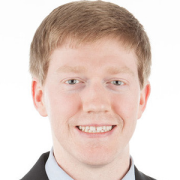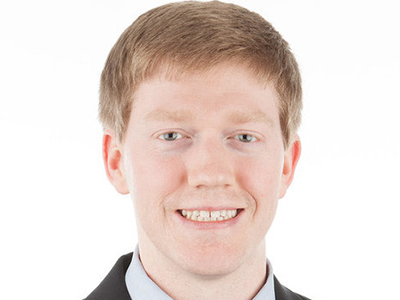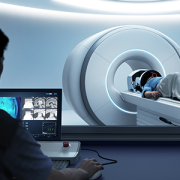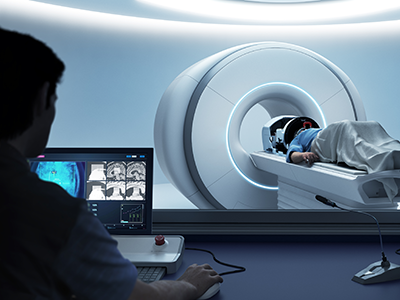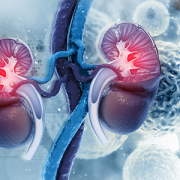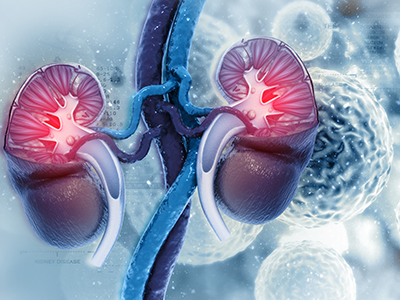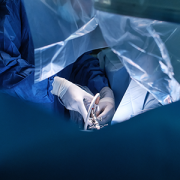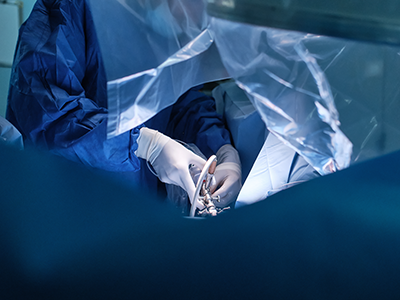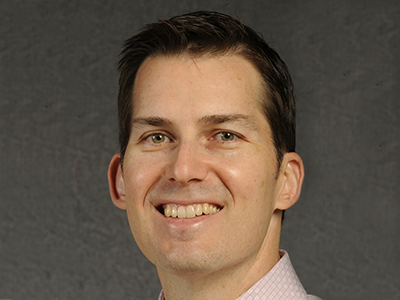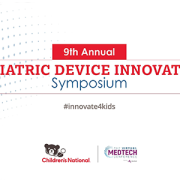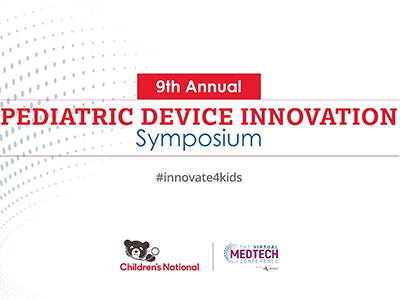Healthcare leaders join to advance pediatric innovation
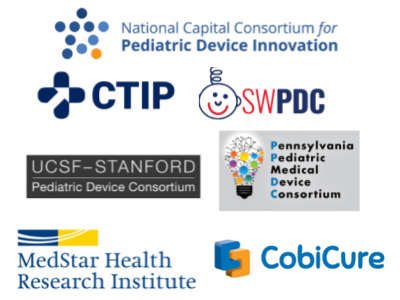 Children’s National Hospital and the National Capital Consortium for Pediatric Device Innovation (NCC-PDI) have opened a request for proposal to solicit companies interested in obtaining pediatric labeling for medical devices that may address an unmet need in the pediatric population and that already have clearance or approval for adult use by the U.S. Food & Drug Administration (FDA). The objective of this program is to generate the real-world evidence (RWE) needed to facilitate the pediatric regulatory pathway for U.S. market clearance. The deadline to apply is 5 p.m. EST on Feb. 9. To learn more and apply, visit http://www.innovate4kids.org.
Children’s National Hospital and the National Capital Consortium for Pediatric Device Innovation (NCC-PDI) have opened a request for proposal to solicit companies interested in obtaining pediatric labeling for medical devices that may address an unmet need in the pediatric population and that already have clearance or approval for adult use by the U.S. Food & Drug Administration (FDA). The objective of this program is to generate the real-world evidence (RWE) needed to facilitate the pediatric regulatory pathway for U.S. market clearance. The deadline to apply is 5 p.m. EST on Feb. 9. To learn more and apply, visit http://www.innovate4kids.org.
Instead of assessing medical devices based on data derived from clinical trials, this pioneering initiative is focused on leveraging real-world data (RWD) that can be translated into RWE to gain FDA clearance or approval for use with children.
Convening a coalition of healthcare leaders
The new partnership aims to address the significant gap that exists between devices labeled for adults and children. Additional coalition partners include:
- CobiCure
- MedStar Health Research Institute
- Center for Technology Innovation in Pediatrics (CTIP)
- UCSF-Stanford Pediatric Device Consortium
- Pennsylvania Pediatric Device Consortium
- Southwest National Pediatric Device Consortium
Funded by the FDA and facilitated through NCC-PDI and the Office of Innovation Ventures at Children’s National, this program will provide winning companies with technical expertise, including but not limited to regulatory, study design and data science services.
“We are delighted to partner with this coalition of trusted healthcare leaders that share our vision for advancing pediatric health. We know all too well that pediatric device development presents several unique challenges and that children have medical device needs that are considerably different from adults,” says Kolaleh Eskandanian, Ph.D., M.B.A, P.M.P, vice president and chief innovation officer at Children’s National and principal investigator of NCC-PDI. “There are already a number of medical devices on the market that have been FDA cleared or approved and proven viable, and this partnership will help provide important evidence generation and other wraparound services to guide device creators through the regulatory path for pediatric labeling.”
Using RWE to facilitate the regulatory pathway
While Randomized Clinical Trials (RCT) have traditionally been the gold standard when investigating a medical product’s efficacy and safety, many important populations, including children, are excluded from RCTs for ethical reasons. This means that pediatric researchers must make safety and efficacy decisions in the absence of data from such trials. RWE, including data from electronic health records (EHRs), healthcare claims data, disease registries and data gathered through other health applications, can close this gap in pediatric studies. She said that MedStar Health’s capabilities in applying RWE will be a formidable asset to the chosen applicants.
Proposals for companies seeking pediatric labeling for their medical device will be reviewed by an esteemed panel of judges specializing in data science, medical device development, evidence generation, post-market surveillance and the FDA’s regulatory pathway. Children’s National and members of the coalition will provide selected companies with technical expertise in support of their effort to achieve pediatric labeling. This will include:
- Access to mentors
- A design study protocol implementing RWE generation best practices
- Facilitation of IRB submission and study implementation
- Data science support
- Regulatory, reimbursement and supply chain consultation
About NCC-PDI
NCC-PDI is one of five consortia in the FDA’s Pediatric Device Consortia Grant Program created to support the development and commercialization of medical devices for children. NCC-PDI is led by the Sheikh Zayed Institute for Pediatric Surgical Innovation at Children’s National and the A. James Clark School of Engineering at the University of Maryland, with support from partners MedTech Innovator and design firm Archimedic.


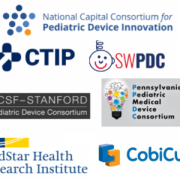
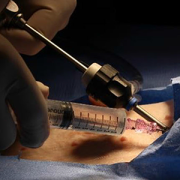

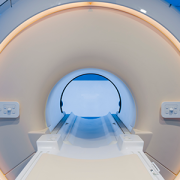
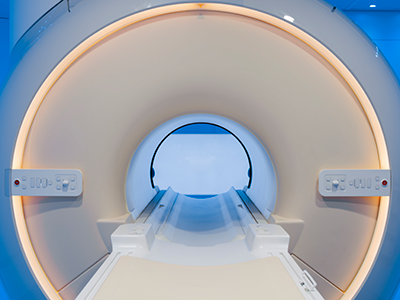
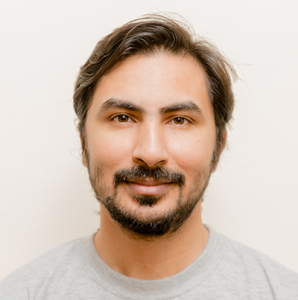

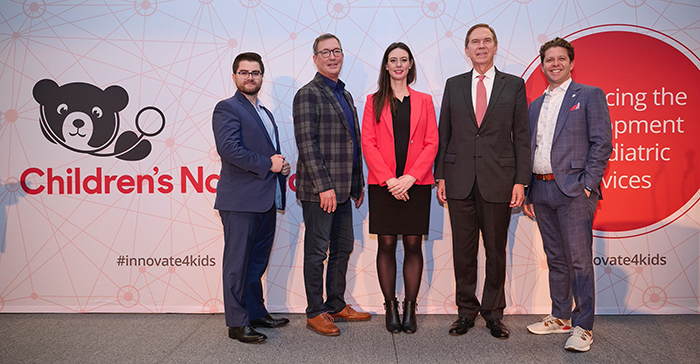
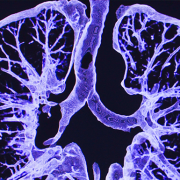
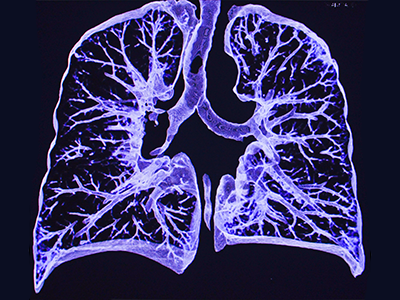
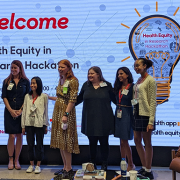
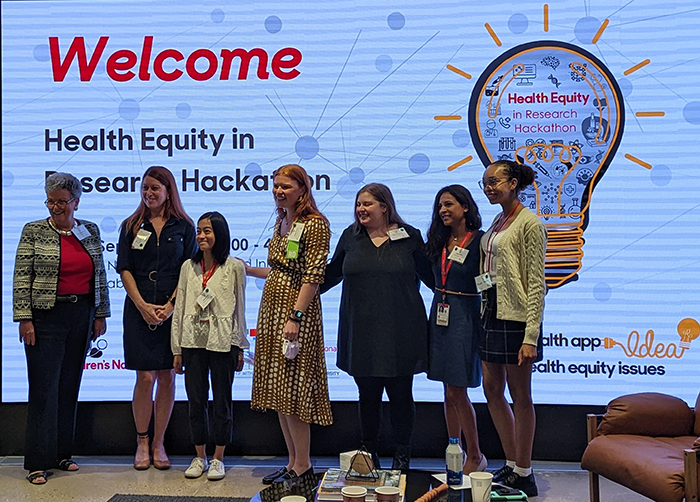
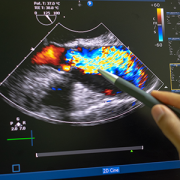
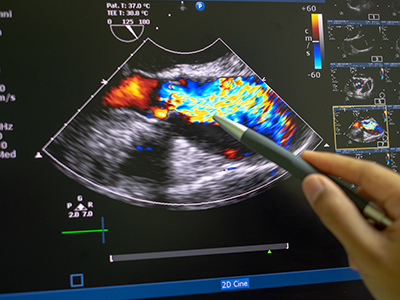
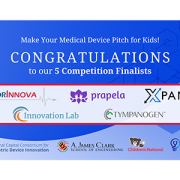

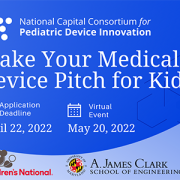
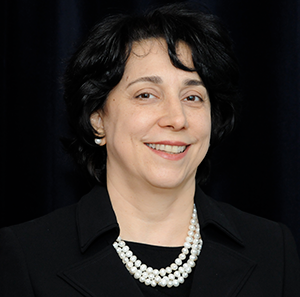
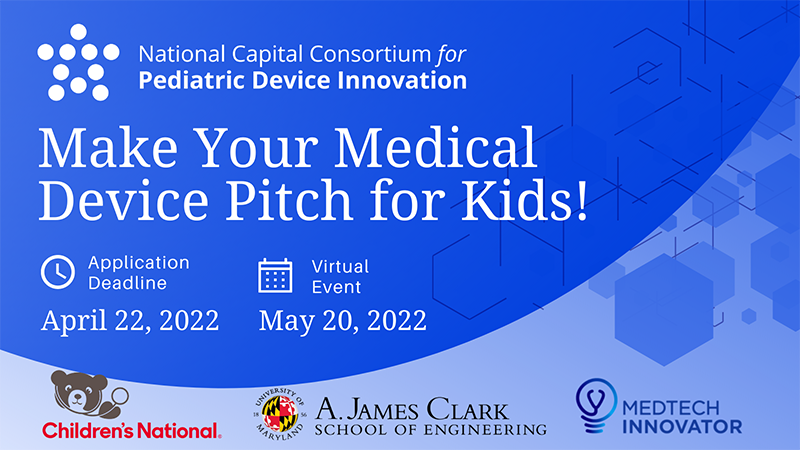
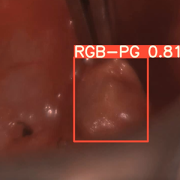
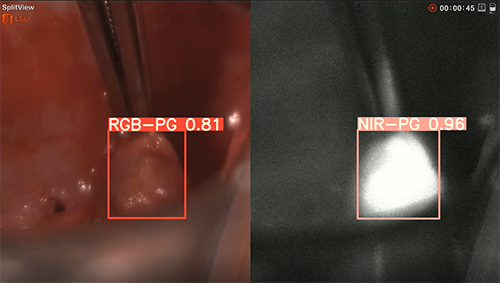 Surgeons perform approximately 150,000 thyroidectomies in the United States. Post-surgical complications from this procedure frequently occur due to the misidentification or accidental removal of healthy parathyroid glands. On average, 27% of these patients suffer from transient or permanent hypocalcemia, a condition in which the blood has too little calcium, leading to lifelong complications and socioeconomic burden.
Surgeons perform approximately 150,000 thyroidectomies in the United States. Post-surgical complications from this procedure frequently occur due to the misidentification or accidental removal of healthy parathyroid glands. On average, 27% of these patients suffer from transient or permanent hypocalcemia, a condition in which the blood has too little calcium, leading to lifelong complications and socioeconomic burden.